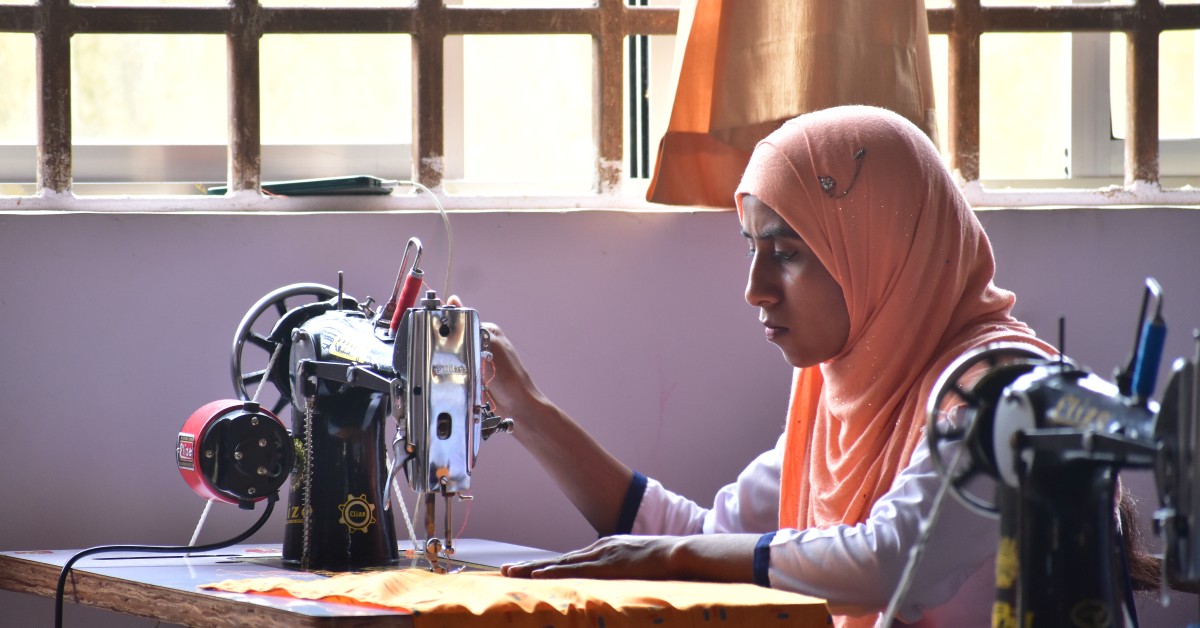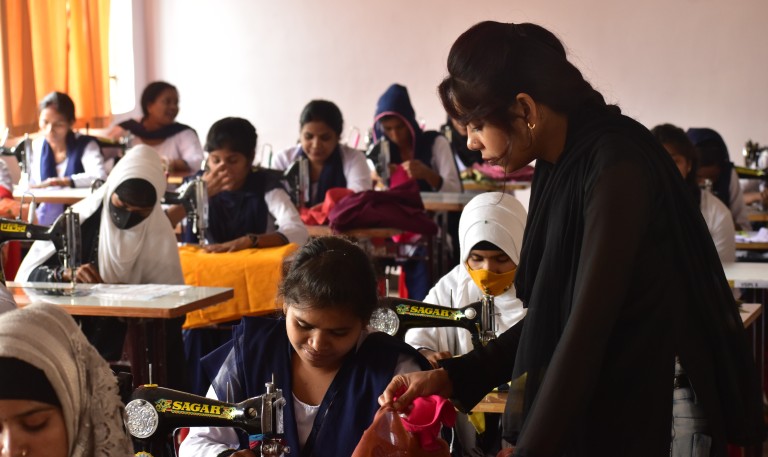

Welcome to the Appeal Sector in Skill Development at Venture Skill India. Our tailored programs empower individuals with essential skills for success in the dynamic appeal sector. From marketing strategies to brand management, our courses provide practical expertise to excel in real-world scenarios. Join us to unlock your potential and thrive in this exciting industry.







Maximum
Average
Minimum

Brief Job Description
A Sewing Machine Operator, also called a Stitcher or Machinist is an important job-role associated with Apparel sector, Made-Ups and Home Furnishing Industry. The primary responsibility of a machinist is to stitch/ sew fabric panels, fur fabric panels, or synthetic materials to produce apparels or made up with desired quality.
Personal Attributes
Curriculum
Comply with industry, regulatory and organizational requirements and Greening of Job roles
Description
This unit provides Performance Criteria, Knowledge & Understanding and Skills & Abilities required for complying with legal, regulatory organizational requirements.
Scope
The scope covers the following :
Brief Job Description:
Self Employed Tailor is a skilled tailor versed with making customized Indian dresses. The job thus involves taking measurement, cutting fabric as per measurement and sewing with the help of ordinary sewing machines. The person also does alteration works of stitched dress materials to correct and fit as per customer requirements.
Self Employed Tailor is a role of a self-employed professional tailor who can sew and repair garments, made ups and home furnishing articles and manage livelihood out of it.
Personal Attributes: The tailor should have good eyesight, eye-hand- leg coordination, motor skills and clear vision and free from colour vision. The person should have good interpersonal skills, good listener and business acumen.
Curriculum
Description
Scope
This unit/task covers the following:
Brief Job Description:
A sampling tailor is responsible for developing garment sample as per buyer’s specifications in the apparel industry. A sampling tailor should be able to perform basic fabric cutting operations and stitch garments of various designs with different neck lines, sleeves, collar etc. as per the quality standards. This job requires the individual to have thorough knowledge of measurements, garment styles, sampling & apparel production processes and should be able to sew garments with different materials & trims.
Personal Attributes:
A sampling tailor should have good eyesight, eye-hand-leg coordination, motor skills and vision (including near vision, distance vision, colour vision, peripheral vision, depth perception and ability to change focus).He/she should also have good interpersonal skills, be open to learning, have basic understanding of measurements.
Curriculum
Description
Scope
This unit/task covers the following: